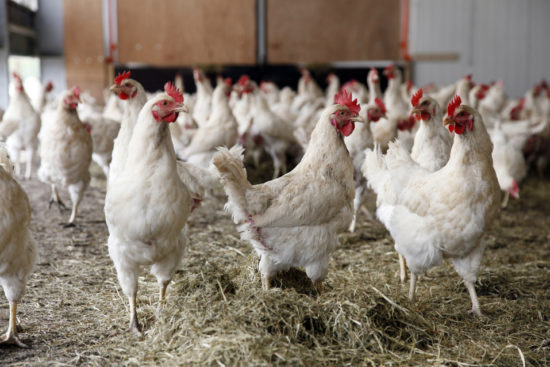How much of the food we eat has antibiotics?
The paper, published in March 2019, reviewed the existing literature on AMR in livestock, poultry and fisheries and stressed on the need to develop efficient monitoring systems to curb the phenomenon before it becomes a nationwide epidemic.
The study, ‘The under reported issue of antibiotic-resistance in food-producing animals in Pakistan’, was co-authored by Sadeequr Rahman of Abdul Wali Khan University’s College of Veterinary Sciences and Animal Husbandry in Khyber Pakhtunkhwa and Mashkoor Mohsin of University of Agriculture’s Institute of Microbiology in Faisalabad.
The authors interviewed various farmers and veterinary medicine suppliers to ascertain the types of antibiotics being used to promote growth in food-producing animals. They found that different antibiotic classes, “mainly lactam antibiotics (comprising mainly penicillins), lincosamides, and macrolides, including erythromycin and tetracyclines, oligosaccharide, avilamycin and flavophospholipol,” were in use.
The paper also referred to a previous study (Khaskheli et al, 2008) whereby beta-lactam antibiotic residues in levels not advised for human consumption were found in 36.5% of the surveyed dairy milk samples. Other studies referenced Jabbar, 2013 and Solangi et al, 2013 also detailed the high concentration of antibiotics in marketed meat and dairy products across the country.
AMR NEWS
Your Biweekly Source for Global AMR Insights!
Stay informed with the essential newsletter that brings together all the latest One Health news on antimicrobial resistance. Delivered straight to your inbox every two weeks, AMR NEWS provides a curated selection of international insights, key publications, and the latest updates in the fight against AMR.
Don’t miss out on staying ahead in the global AMR movement—subscribe now!







